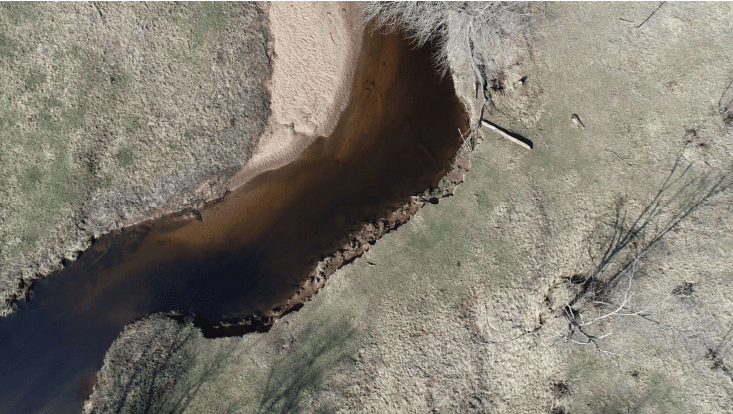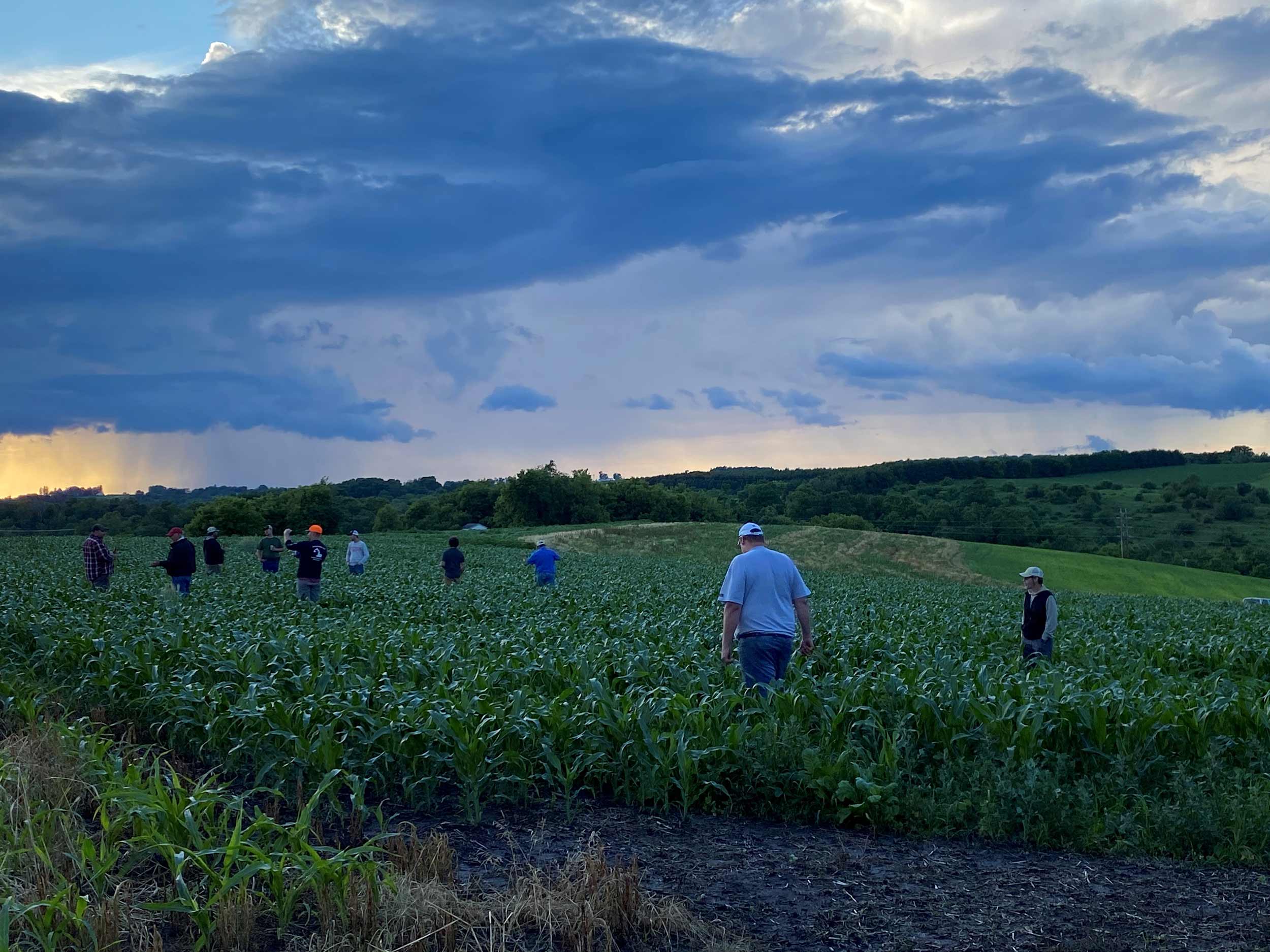Funded Project
2023| Devils Creek Watershed

Contact
Applicant Organization: Rusk County Land & Water Conservation Division
Contact: Nick Stadnyk
Email: nstadnyk@ruskcountywi.us
Project
The Devils Creek Watershed is a 55 square mile drainage with approximately 103 miles of stream including Devils Creek, Johns Creek, Alder Creek, and Hay Creek. It is part of the Upper Chippewa River Watershed. The upper half of the watershed is located in the Blue Hills region of the county and is predominately county owned forest land managed for timber production and recreation. As such, the upper reaches of the stream are high quality waters of the state and classified as a Class I trout stream. By contrast, the lower half of the watershed is experiencing increased residential and agricultural land use and the stream is classified as a class III trout stream.
Due to the stark difference between the upper and lower part of the watershed, the Rusk County LWCD is pursuing two major approaches. In the upper reaches, they are focusing on projects which protect the existing conditions. In the lower reaches of the watershed, they are taking a more traditional watershed management approach, targeting landowners to install conservation practices, both in-stream and upland, which reduce sediment and nutrient delivery to the stream.
Once complete, this project aims to gather enough data to support the need for further management practices, install 8 small-scale projects aimed at reducing sediment delivery to the stream and improving aquatic habitat, repair 3 streambank erosion sites, construct 2 in-stream habitat structures, install 1 riparian livestock exclusion fencing, and establish 1 grassed waterway/buffer. These practices will be installed in conjunction with existing LWCD efforts to increase soil health practices such cover crops, nutrient management plans, no-till planting, and rotational grazing.
Other objectives include increasing the level of education and awareness of landowners both within the watershed and throughout the county to inspire more installation of sustainable practices. By providing tangible and visual evidence that work is moving forward, that neighbors are committing to watershed level projects, and that these types of projects are available, cost effective, and successful at reaching watershed management goals, Rusk County LWCD can carry that momentum into subsequent years.

